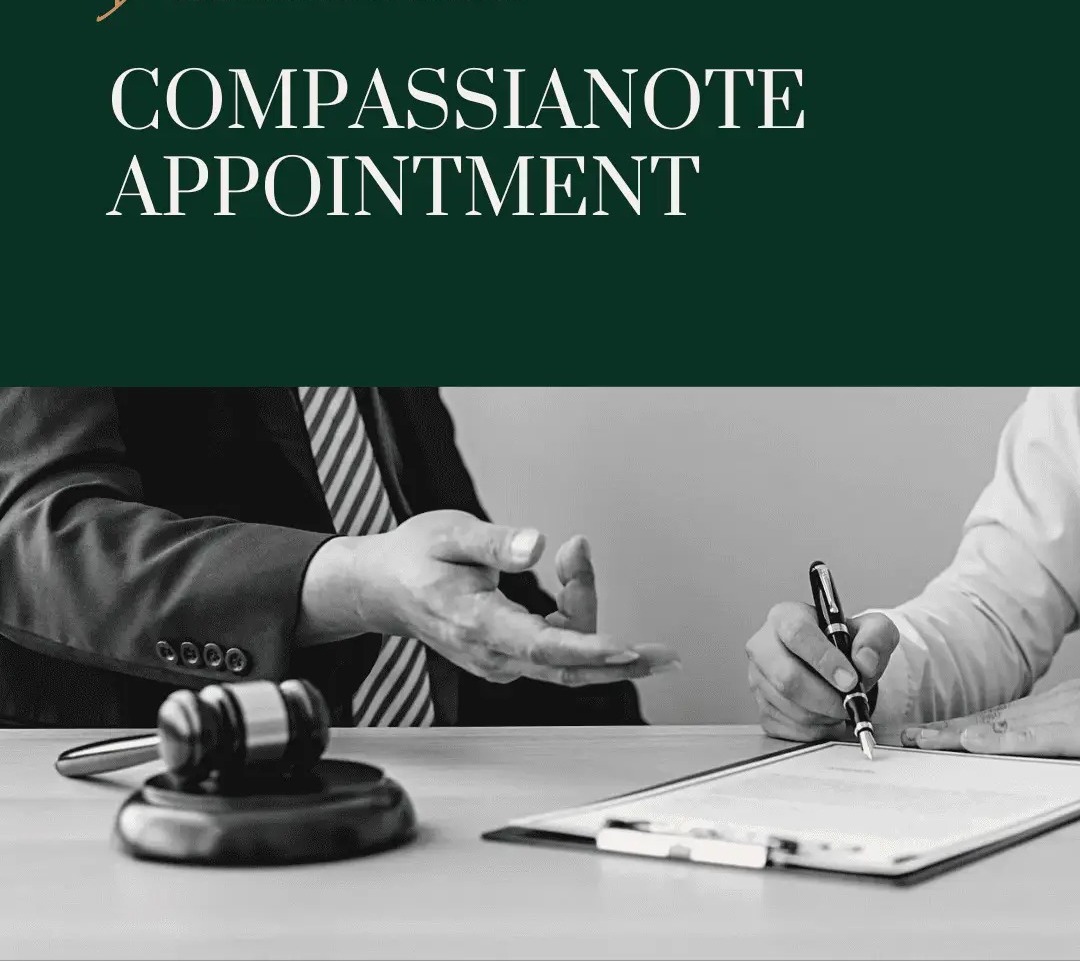Mookerjee, J.@mdashThe plaintiff appellant is the Commissioner of Wakfs West Bengal. He filed a suit out of which this appeal arises u/s 72 of the Bengal Wakfs Act Bengal Act XIII of 1934) for a declaration that the properties described in the schedule to the plaint were wakfs properties and for a further declaration that certain orders passed by the previous Commissioner of Wakfs had effect and should be revoked and the recovery of the property in Shortlv after the passing of the Bengal Wakf Act Nawab Bahadur Murshidabad filed an application u/s 41 of the said Act for the enrolment of a particular wakf. In February, 1936, order was passed accordingly Subsequently the Commissioner of Wakfs was moved for releasing some of the properties included within the wakf. An order was passed declaring some of the properties as nizamat properties, i.e., properties which belonged to the estate of the Nawab Bahadur of Murshidabad governed by the Murshidabad Act. The Commissioner was moved again for the modification of the above order, and those properties were declared as the personal properties of the Nawab Bahadur. After obtaining this order the Nawab Bahadur made a gift of the property now an suit to defendant No. 1 Syed Kazim Ali Meerza, a son of the Nawab Bahadur. On the 25th August, 1942, the successor to the Commissioner of. Wakfs who had passed the last order set aside the said direction and requested the Nawab to recover the property. As no effective steps were or could be taken the present suit was filed on the 21st August, 1945, for the reliefs already mentioned.
2. A written statement was filed on behalf of Syed Kazim Ali Meerza, defendant No. 1, raising various questions of fact as also of law. Defendant No. 2 Nawab Bahadur did not file any written statement.
3. One of the issues raised in the suit was as to whether the property in dispute was a wakf property and whether the Nawab Bahadur was en-tilled to transfer the same to his son. The learned Subordinate Judge came to the conclusion that the plaintiff had not been able to prove that the property was a wakf property. He came to this conclusion after holding that the copy of wasiatnama, alleged to have been executed by Nawab Nazir Syadi Dorab Ali Khan Bahadur on the.16th August, 1878, filed by the NaWab as an annexure to the petition filed by him before the Commissioner of Wakfs for the enrolment of the wakf property, was inadmissible'' In evidence.
4. In view of the conclusion which; we have reached on this point, it will not be necessary for us to refer to the other points raised in the Lower Court. The circumstances under which we hold that the copy of the Urdu wasiatnama should not have been rejected by the learned Subordinate Judge as inadmissible will have the effect of remitting the case to the Lower Count for rehearing according to law we would not, therefore, deal with the merits of the case or express our opinion on the same.
5. When the Nawab Bahadur of Murshidabad filed the application on the 29th July, 1945, u/s 44 of the Bengal Wakf Act, 1934, he submitted, as he was required to do, in support of his claim that the property was a wakf property, a copy in Urdu script of the original wasiatnama executed by the late Nawab Nazir Syedi Dorab Ali Khan Bahadur on the 16th August, 1878, in favour of the late Nawab Bahadur of Murshidabad. The plaintiff filed in the Lower Court along with the original petition the copy of Urdu wasiatnama which had been attached to that petition.
6. On behalf of the plaintiff it is contended that the copy produced in the Lower Court should have been marked as an exhibit and taken into consideration.
7. u/s 63 of the Indian Evidence Act; secondary evidence means and include among other things
copies made from or compared with the original.
8. It is quite clear that copies made from the original even though not cornpared with the original as also copies, which are compared with the original are deemed to be secondary evidence. Copy of a document will not ordinarily be admissible in evidence, but if such a copy be compared with the original and evidence is adduced to prove the same such a copy will be admissible in evidence. If it is proved further that copies had been made from original without any proof that they had been compared with the original they will be accepted as secondary evidence. The evidentiary value of particular papers or documents proved in either of the two ways would depend upon the circumstances and on the facts proved. We are not concerned with the value of such papers as evidence, but only whether they are admissible as secondary evidence. Illustration (c) of section 63 of the Indian Evidence Act makes the position clear.
9. Under clause (b) of section 65 of the Indian Evidence Act--
Secondary evidence may be given of the existence, condition or contents of a document in the following cases:--
(b) when the existence, condition or contents of the original have been proved to be admitted in writing by the person against whom it is proved or by his representative in interest-
In case (b) the written admission is admissible.
In the present case when the Nawab Bahadur of Murshidabad filed the application for enrolment u/s 44 of the Bengal Wakf Act, 1934 he stated that the paper submitted by him was Copy in Urdu script of the original Wasiatnama executed by late Nawab Nazir Sidi Dorab Ali Khan on 16th August, 1878, in favour of the late Nawab Bahadur of Murshidabad.
10. This application was a verified one signed by the Nawab Bahadur. He admitted that the particular paper which was attached to that application and now produced in Court by the plaintiff, marked "X" for identification was copy of the original wasiatnama. Such admission, therefore, would prove the document in question within clause (b) of section 65 of the Indian Evidence Act. Wasiatnama is not a document which would be inadmissible evidence if produced in original. Where on account of non-registration a certain document could not be put in evidence, secondary evidence of the contents of such document cannot be admitted in evidence under clause (b) of section 65 of the Indian Evidence Act, vide Varada v. Krishnasami (1) (I. L. R. 6 Mad. 117). Similarly admission of the contents of a document made by the defendant in his written statement where the original itself is inadmissible for want of stamp, clause (b) of section 65 of the Indian Evidence Act will be of no assistance. Vide Damodar v. Atmaram, (2) (I.L.R. 12 Bom. 433). See also Kalliani v. Nambiar (3) (28 I.C. 69). When the original document is not inadmissible secondary evidence about the contents of such a document may be proved under clause (b) of section 65 of the Indin Evidence Act.
11. In Mulla v. Deokaran (4) (11 A.L. J. 734), the plaintiffs sued on a copy of a bond alleging that the original had been lost. The defendant pleaded inter alia that there had been an endorsement of a part payment on the back of the bond and alleged that the original had been suppressed on that ground. It was held that although the bond was not expressly admitted the plea of admission and endorsement as made in the written statement amounted to an admission of execution and the plaintiff could maintain a suit on the copy without proof of the alleged loss. See also
12. In the present case there is a clear admission by the Nawab Bahadur of the Urdu document filed along with his petition to be a copy of the original. Clause (b) of section 65 of the Indian Evidence Act is clearly attracted, and such a coppy be used as secondary evidence.
13. So far as defendant No. 1 is concerned, he is bound by such admission by the defendant No. 2 u/s 18 of the Indian Evidence Act as such admission was by the person from whom defendant No. 1 derives his title.
14. As we have come to the conclusion that the document marked "X" for identification could not have been rejected u/s 65(b) of the Indian Evidence Act we need not consider further whether it was admissible under some other provision also Reference has been made to the provisions of section 63(3) of the Indian Evidence A On the admission made by the Nawab Bahadur in the petition the copy filed by him may be argued to have been a copy made from the original as the language in the petition(exhibit 1) indicates.
15. It. may be further pointed out that the plaintiff had taken the necessarry steps to call for the original wasiatnama from defendant No. 2 by a petition filed on the 25th November, 1947. The process fees were duly deposited and a letter of request was sent by the learned Subordinate Judge to The Nawab Bahadur on the 28th November, 1947, as it appears from the records of the present case. The Nawab Bahadur having at the time of the filing of the original application for enrolment filed a copy purporting to be a copy of the original, the plaintiff was justified in asking for the production of the original from defendant No. 2. There is no explanation as to why it has not been produced and also whether it is or is not in his custody. The plaintiff has, therefore, taken steps for the production of the original also which could not be obtained in spite of steps taken by him. Under these circumstances, the question whether the property in suit was included within the wakf or not, or whether there was a valid wakf must be considered afresh by the learned Subordinate Judge. The judgment and decree passed the learned Subordinate Judge are accordingly set aside and the case remitted to the Court below for rehearing according to law in the light of the observations made above. Both the parties will be allowed to adduce such evidence as they think necessary and relevant in addition to those which have already been adduced du- ring the hearing. The cost will abide the result. The hearing fee is assessed at three gold mohurs.
Renupada Mukherjee, J.
I agree.

